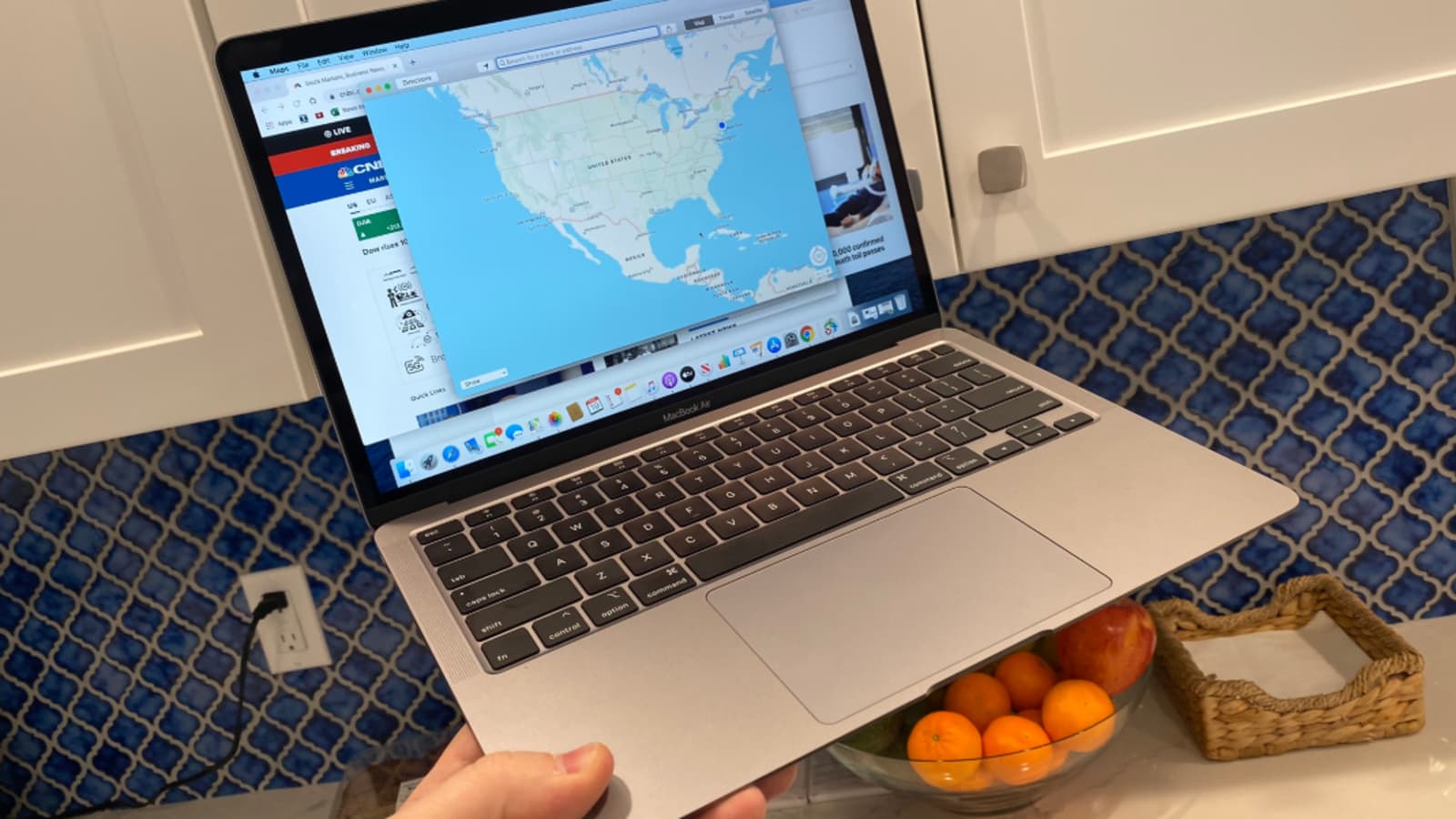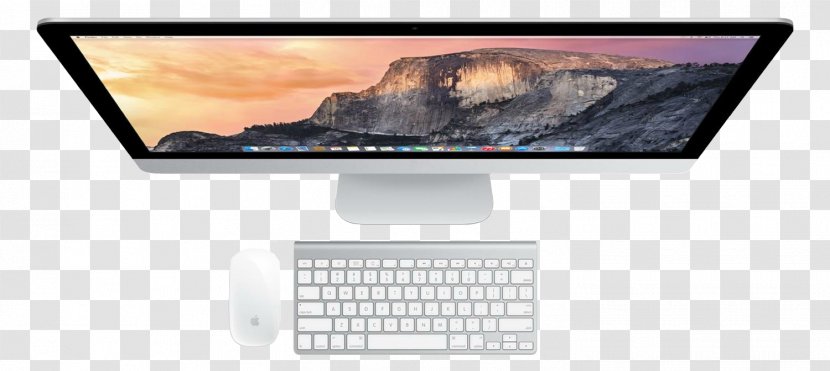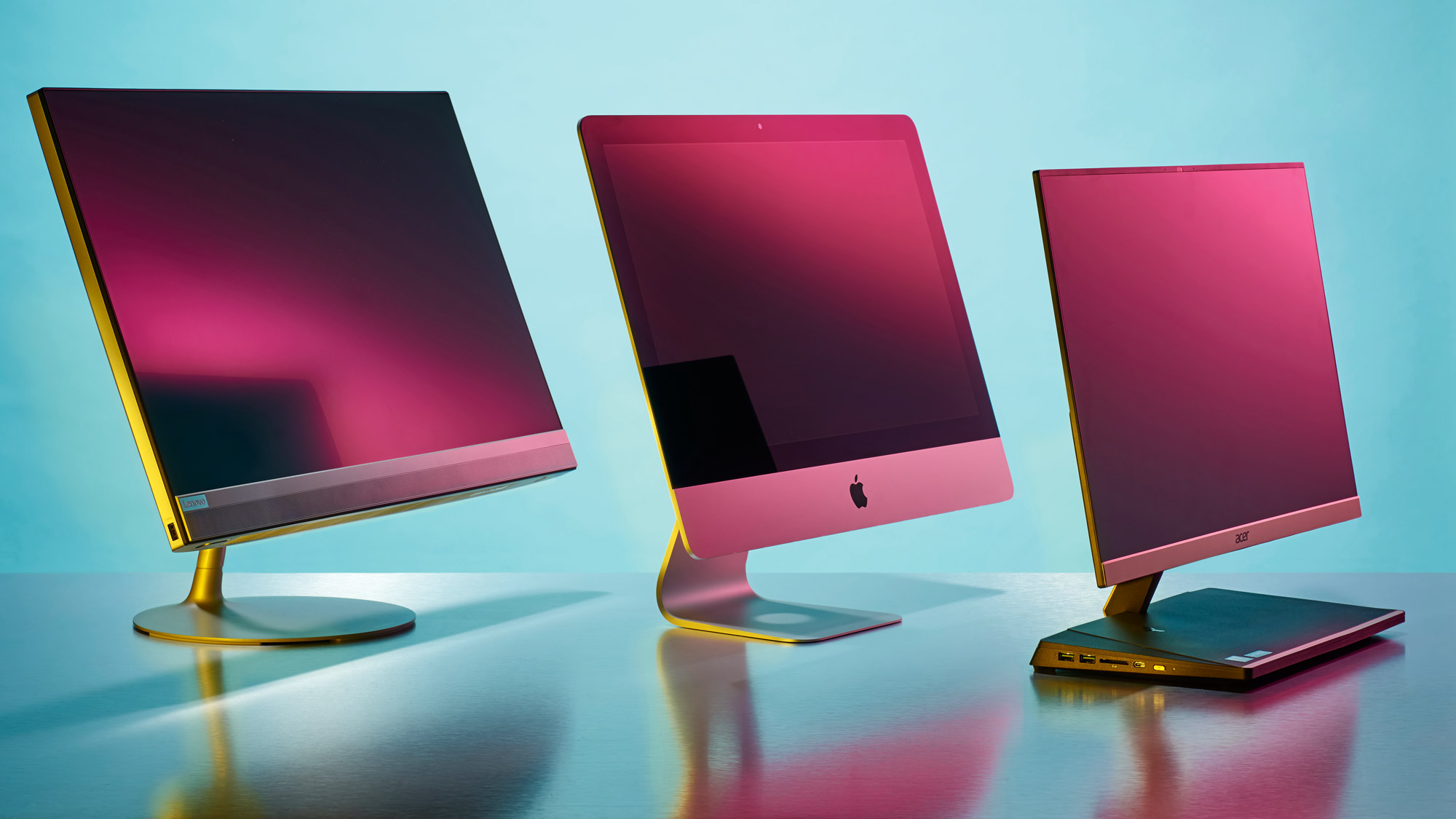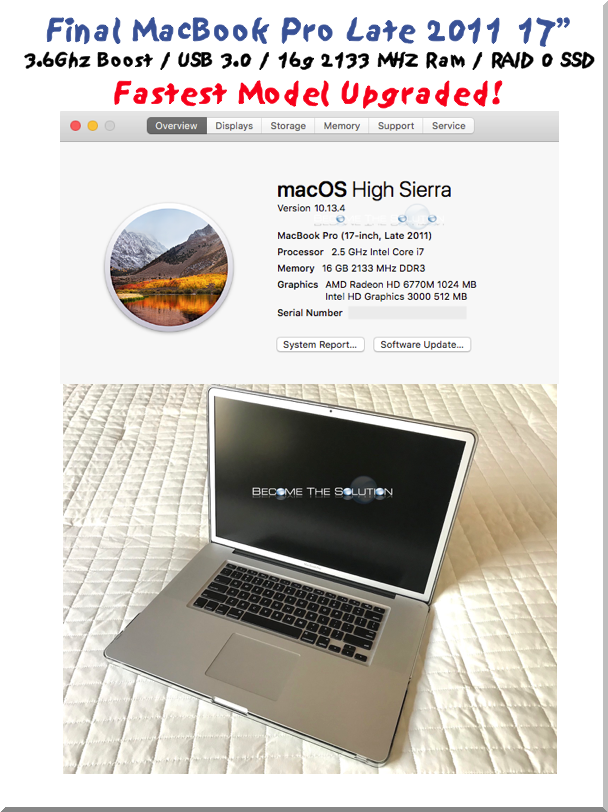A good laptop can give your child a fantastic research tool to see them through their school years. The best school laptops can help children to learn vital computing skills, and also give them a powerful research machine for all their studies.
The ideal laptop depends on what your child will be studying, of course. But in all cases, you'll definitely want it to be good value, dependable and lightweight. It should also last for a number of years, seeing them through many classes – and, of course, great grades!
We pick out some of the best laptops out there for students, with models to fit all budgets.
In this guide:
- Sep 01, 2020.
- Apple's MacBook line of laptops is the Gold Standard of portable computing — they seamlessly blend power, versatility, and elegant designs to deliver some of the most impressive (and priciest) hardware available. Nowadays, when Apple launches a new feature or design element, you can expect other manufacturers to copy it within six months.
- Aug 27, 2020.
Light as Air. Apple MacBook Air. The MacBook Air remains the Mac to get. Apple upgraded 13. The Best Laptops for High School. These are the best laptops you should consider for packing into.
The Best Laptops for High School
These are the best laptops you should consider for packing into a school bag:

- Apple MacBook Air – It will be a lucky student who gets a MacBook Air. The ‘cheapest' MacBook is hardly low-cost, but it will breeze through all tasks and last for years.
- Dell XPS 13– Lightweight and powerful, this Windows 10 laptop will be sure to impress
- Samsung Chromebook 3 – A great value Chromebook that's fast to boot and lightweight
- Asus Chromebook Flip C302 – A more powerful Chromebook with a flip touchscreen
- Acer Swift 1– A fantastic value, if basic, Windows 10 laptop
- Microsoft Surface – Microsoft's entry-level Surface tablet/laptop hybrid
- Apple MacBook Pro – Another Apple choice. Pricey and overpowered? Yes. A student's dream? Absolutely.
Apple MacBook Air 2018 – $1,099

Best for design-minded students
The Apple MacBook Air might be Apple's cheapest laptop, but you're still looking at over $1,000 worth of tech, so it's by no means a budget choice.
It should, however, last for years – ideally seeing a student through from high school to college.
Packing an Intel Core i5 processor, the Air will happily cope with hardcore homework, and the 12 hour battery means that it can keep going from the breakfast to recess through to evening without needing a charge.
After a period of neglect, Apple is back to promoting the Air again, and the 2019 MacBook Air is one of the best MacBooks (and cheapest) you can buy. If you're keen on a Mac and fancy making a saving, you can still pick up the older MacBook Air model for under $1,000. It's a perfectly good computer that's still super-stylish.
Pros
- Cheapest MacBook
- 12 hour battery
- Light and easy to carry
Cons
- Storage is limited
Dell XPS 13 – $800
Best for demanding Windows users
Sticking with powerful laptops, this is another generous model for students. The Dell XPS range is its high-end series of laptops, designed to give MacBooks a run for their money.
It's the kind of laptop to consider for a senior student with more demanding coursework, perhaps. For any other high school student, it's overkill. The Dell XPS 13 has a fast processor in a small and lightweight frame, plus with a decent battery life.
A solid state drive means it's fast to boot up, taking just seconds, so that killer essay idea won't be lost in the moment.
Pros:
- Fast to boot
- Great battery life
- Powerful processor
Cons:
- Pricey
Samsung Chromebook 3 – $280
Best for Google-loving students
It may not be a powerhouse, but the Samsung Chromebook is an excellent companion for lectures, thanks to a near instant startup time and the full range of Google apps.
It runs the Google Chrome operating system – all notes and essays are automatically saved to the cloud, so there's no panic about lost files if the laptop gets left on the school bus.
Chromebooks like this one can open and edit Microsoft Word or Excel documents, though they use Google's suite of web apps (Docs and Pages) to do so. They're virtually indistinguishable in practice, and the Google tools have better options for sharing and collaborating on work.
Pros:
- Fast and snappy
- Excellent battery life
- Low entry price
Cons:
- Lacks Windows
- Very little storage
Asus Chromebook Flip – $450
Best for flexibility
Another Chromebook, but this one is more powerful, making it a great choice for those looking to run more demanding apps or keeping lots of browser tabs open at once.
It also has a neat trick up its sleeve – its touchscreen can rotate 180 degrees and double as a tablet.
The touchscreen is useful for making quick diagrams or notes, and the flexible screen makes it easier to comfortably watch videos when it's in the 'upside-down-V' shape.
Pros:
- Well priced
- Versatile 180 degree screen
- Touchscreen great for annotations
Cons:
- Lacks Windows
- Storage space an issue
Acer Swift 1 – $300
Best for students on a budget

The cheapest Windows 10 laptop on our list, and for a reason – the low-end Pentium processor isn't really that powerful.
But, for the money, you'll get a more than capable laptop that can deal with Word documents and spreadsheets without breaking a sweat. It may not be able to handle demanding programs (forget 3D gaming), but as an essay machine, it'll do a fine job.
The battery life is good too, meaning that you won't get caught out with the dreaded battery warning symbol at critical moments.
Pros:

- Cheap
- Good battery life
- Robust
Cons:
- Not powerful
- Potentially too simple for older students
Microsoft Surface Go $400
Best for portability
Technically this is a tablet rather than a laptop, but it's a good Windows 10 device to consider.
Microsoft has recently introduced its cheapest entry-level Surface yet, the Go, priced at $400. The price point makes it a compelling alternative. Easy to slip into a bag, offering the full Windows experience and with a long battery life, there's a lot to like here.
You'll definitely want the keyboard though, which is sold separately (for an extra $100).
Pros
- Great entry price
- Modest specs make it best for casual users
- Compatible with keyboard and pen peripherals
- USB-C port
Apple Macbook Pro ($1299)
Best for students (or parents) with deep pockets
Does any school student truly need a MacBook Pro? No. Do they want one? Yes. They really do.
Make no mistake, the MacBook Pro is overpowered for anything your average school student would want it for, but if you're a family of MacBook owners, then you might be tempted.
The great thing about the MacBook Pro is that it is designed to last, meaning you can expect it to last the school years, accompany them to college and even to their first job – by which time they can buy their own laptop. Don't forget the generous discount that Apple offers to students, either, knocking $100 off the asking price.
Pros
Mac Desktop Reviews
- Stunning Retina screen
- Powerful processor
- Capable graphics features
Cons
- Pricey
- Only available in 13-inch version
Cheap Laptops for School
If budget is a concern, then rest assured that there are plenty of choices that will serve any school student perfectly well. The Acer Swift 1 mentioned above is a snip at $300, and that price is by no means an anomaly. Shop around and you'll find plenty of laptops that fit your budget and can do everything a school child should need. So, how much should you be looking to spend?
Up to $300
This is the starting point for Windows laptops. At this price they will be low powered, and chunky. They're also likely to not come with too much storage space, but most can be expanded with a cheap SD card. There are also a lot of Chromebooks available at this price point – these are well worth considering. They may be a little more basic than a traditional laptop, but can do pretty much anything a student would want. See more about Chromebooks below.
Up to $500
You're entering the mid-range territory at this price point, so you'll be able to pick up a laptop that offers a modest degree of power. Processor and Ram are the key differences. While under $300 you'll be restricted to around 4GB of Ram, for up to $500 you can get 8GB. More importantly still, the laptop should have a more respectable processor. This will mean faster startup and running speeds and better multi-tasking from the laptop – useful for flitting through the numerous browser tabs open during research, or when going between documents.
Up to $750

With up to $750 at your disposal it's possible to score a nice laptop. But really, for school students, this price point is diminishing returns. While faster processors mean better performance, it will be mostly under-utilized. You're paying for the kudos of a more powerful laptop without actually getting to use the power. Imagine buying a supercar, but only ever driving it at sensible speeds on public roads. However, if your child is studying anything like graphic design or coding (or wants a laptop for gaming, too) the price could be justified.
$750-$1,000
At this price point, you're certainly being generous. The most likely laptops to fall within this band are Apple MacBooks – they're brilliant machines, but overkill for essay writing and web browsing. The main things going in their favor are style and reliability. A MacBook will look the part, but being super-slim, they're easy to put in a bag for the day. Better still, a MacBook should last for years.
- Portability: You'll want to pick a laptop that's slim and light. The good news is that most laptops today weigh less than your average reference book, but always check the weight before hitting the buy button.
- Screen size: A potential trade-off with portability, so don't go too big. A 15-inch laptop may come with a nice large screen, but will prove too large to carry around. Aim for 13-inches – smaller laptops aren't as good for long periods of typing.
- Processor: A high end Intel Core i7 might be appealing, but you'll be paying for a laptop with ability way beyond its need. Aim for an i3, or, if you really need the power, an i5. Even the lower-end processors, such as Pentium models, should have enough muscle for daily school tasks. Chromebooks can get by just fine with less powerful processors, for example.
- Graphics card: A dedicated graphics card is a ‘nice to have', but unless design or image editing is a concern, not worth the money for school use. If your child wants a laptop for gaming, you may need to up your budget (and the laptop will be a lot less portable).
- Storage: You'll be looking at a solid state drive (SSD) or traditional hard drive (HDD). The SSD will mean faster load times, but you get less storage for your files. Consider what the student will be saving on the laptop. If it's mainly documents and spreadsheets, these barely take up any space. Graphic/video files and additional programs however can soon fill up your storage.
Should I Buy a Chromebook for School?
The Best Mac Desktop
A Chromebook differs from a traditional laptop. These low-cost models run the Chrome operating system rather than Windows or macOS. The ethos behind the Chromebook is 'cloud-first' – everything is stored online. Although Chromebooks do come with some built-in storage, it's usually small.
You don't get Word or Excel either, but Google's nearly identical alternatives – Google Docs and Google Sheets – as well as other apps such as presentation software. Importantly, you can open and edit Microsoft files with these tools.
Chromebooks tend to be speedy to start up too, utilizing an SSD and not bogged down by unnecessary programs. It's a very well streamlined platform that runs the same way your Windows laptop did when you first took it home, but everyday.
Chromebooks are also very light and portable, strengthening their justification as a worthy consideration.
The main reason to go for a Chromebook? Price. You can buy a respectable model for under $300, and it will run fast and look slim and modern. If your child is only going to need a laptop for spreadsheets, essays and web browsing, a Chromebook can be a great choice.
Top Apple Computer
Should I buy an Apple MacBook for school?
There's bound to be at least one much-envied student in the class with a MacBook, but that doesn't mean that you have to follow suit.
Dell XPS 17MacBook Pro 16-inchCPU2.5-GHz Intel Core i5-10300H2.4-GHz Intel Core i9-9980HKGPUNvidia GeForce RTX 2060 Max-QAMD Radeon Pro 5500MRAM32GB32GBStorage1TB M.2 PCIe NVMe SSD2TB M.2 PCIe NVMeSSDDisplay17-inch, 3840 x 2400 touch screen16-inch, 3072 x 1920 Retina displayPorts4 Thunderbolt 3 ports, headset jack, wedge lock slot4 Thunderbolt 3 ports, headset jackBattery Life9:0510:55Weight5.5 pounds4.3 poundsDimensions14.7 x 9.8 x 0.8 inches14.1 x 9.7 x 0.6 inchesDell XPS 17 vs.

For a school student, even the entry level MacBook Air is overkill. Yes, of course it'll run quickly, plus give lots of power and a beautiful screen. But, there are laptops that can do all the same tasks for half the cost (and admittedly, a little less style).
That said, your child will love you forever (or until the next Apple refresh), and that laptop will last a long time. It might even find its way back to you, if your child moves onto the next thing.
The good news is that Apple offers some decent discounts on MacBooks for students – if you want to buy one laptop to last plenty of years, it could still work out as a good investment.

- Apple MacBook Air – It will be a lucky student who gets a MacBook Air. The ‘cheapest' MacBook is hardly low-cost, but it will breeze through all tasks and last for years.
- Dell XPS 13– Lightweight and powerful, this Windows 10 laptop will be sure to impress
- Samsung Chromebook 3 – A great value Chromebook that's fast to boot and lightweight
- Asus Chromebook Flip C302 – A more powerful Chromebook with a flip touchscreen
- Acer Swift 1– A fantastic value, if basic, Windows 10 laptop
- Microsoft Surface – Microsoft's entry-level Surface tablet/laptop hybrid
- Apple MacBook Pro – Another Apple choice. Pricey and overpowered? Yes. A student's dream? Absolutely.
Apple MacBook Air 2018 – $1,099
Best for design-minded students
The Apple MacBook Air might be Apple's cheapest laptop, but you're still looking at over $1,000 worth of tech, so it's by no means a budget choice.
It should, however, last for years – ideally seeing a student through from high school to college.
Packing an Intel Core i5 processor, the Air will happily cope with hardcore homework, and the 12 hour battery means that it can keep going from the breakfast to recess through to evening without needing a charge.
After a period of neglect, Apple is back to promoting the Air again, and the 2019 MacBook Air is one of the best MacBooks (and cheapest) you can buy. If you're keen on a Mac and fancy making a saving, you can still pick up the older MacBook Air model for under $1,000. It's a perfectly good computer that's still super-stylish.
Pros
- Cheapest MacBook
- 12 hour battery
- Light and easy to carry
Cons
- Storage is limited
Dell XPS 13 – $800
Best for demanding Windows users
Sticking with powerful laptops, this is another generous model for students. The Dell XPS range is its high-end series of laptops, designed to give MacBooks a run for their money.
It's the kind of laptop to consider for a senior student with more demanding coursework, perhaps. For any other high school student, it's overkill. The Dell XPS 13 has a fast processor in a small and lightweight frame, plus with a decent battery life.
A solid state drive means it's fast to boot up, taking just seconds, so that killer essay idea won't be lost in the moment.
Pros:
- Fast to boot
- Great battery life
- Powerful processor
Cons:
- Pricey
Samsung Chromebook 3 – $280
Best for Google-loving students
It may not be a powerhouse, but the Samsung Chromebook is an excellent companion for lectures, thanks to a near instant startup time and the full range of Google apps.
It runs the Google Chrome operating system – all notes and essays are automatically saved to the cloud, so there's no panic about lost files if the laptop gets left on the school bus.
Chromebooks like this one can open and edit Microsoft Word or Excel documents, though they use Google's suite of web apps (Docs and Pages) to do so. They're virtually indistinguishable in practice, and the Google tools have better options for sharing and collaborating on work.
Pros:
- Fast and snappy
- Excellent battery life
- Low entry price
Cons:
- Lacks Windows
- Very little storage
Asus Chromebook Flip – $450
Best for flexibility
Another Chromebook, but this one is more powerful, making it a great choice for those looking to run more demanding apps or keeping lots of browser tabs open at once.
It also has a neat trick up its sleeve – its touchscreen can rotate 180 degrees and double as a tablet.
The touchscreen is useful for making quick diagrams or notes, and the flexible screen makes it easier to comfortably watch videos when it's in the 'upside-down-V' shape.
Pros:
- Well priced
- Versatile 180 degree screen
- Touchscreen great for annotations
Cons:
- Lacks Windows
- Storage space an issue
Acer Swift 1 – $300
Best for students on a budget
The cheapest Windows 10 laptop on our list, and for a reason – the low-end Pentium processor isn't really that powerful.
But, for the money, you'll get a more than capable laptop that can deal with Word documents and spreadsheets without breaking a sweat. It may not be able to handle demanding programs (forget 3D gaming), but as an essay machine, it'll do a fine job.
The battery life is good too, meaning that you won't get caught out with the dreaded battery warning symbol at critical moments.
Pros:
- Cheap
- Good battery life
- Robust
Cons:
- Not powerful
- Potentially too simple for older students
Microsoft Surface Go $400
Best for portability
Technically this is a tablet rather than a laptop, but it's a good Windows 10 device to consider.
Microsoft has recently introduced its cheapest entry-level Surface yet, the Go, priced at $400. The price point makes it a compelling alternative. Easy to slip into a bag, offering the full Windows experience and with a long battery life, there's a lot to like here.
You'll definitely want the keyboard though, which is sold separately (for an extra $100).
Pros
- Great entry price
- Modest specs make it best for casual users
- Compatible with keyboard and pen peripherals
- USB-C port
Apple Macbook Pro ($1299)
Best for students (or parents) with deep pockets
Does any school student truly need a MacBook Pro? No. Do they want one? Yes. They really do.
Make no mistake, the MacBook Pro is overpowered for anything your average school student would want it for, but if you're a family of MacBook owners, then you might be tempted.
The great thing about the MacBook Pro is that it is designed to last, meaning you can expect it to last the school years, accompany them to college and even to their first job – by which time they can buy their own laptop. Don't forget the generous discount that Apple offers to students, either, knocking $100 off the asking price.
Pros
Mac Desktop Reviews
- Stunning Retina screen
- Powerful processor
- Capable graphics features
Cons
- Pricey
- Only available in 13-inch version
Cheap Laptops for School
If budget is a concern, then rest assured that there are plenty of choices that will serve any school student perfectly well. The Acer Swift 1 mentioned above is a snip at $300, and that price is by no means an anomaly. Shop around and you'll find plenty of laptops that fit your budget and can do everything a school child should need. So, how much should you be looking to spend?
Up to $300
This is the starting point for Windows laptops. At this price they will be low powered, and chunky. They're also likely to not come with too much storage space, but most can be expanded with a cheap SD card. There are also a lot of Chromebooks available at this price point – these are well worth considering. They may be a little more basic than a traditional laptop, but can do pretty much anything a student would want. See more about Chromebooks below.
Up to $500
You're entering the mid-range territory at this price point, so you'll be able to pick up a laptop that offers a modest degree of power. Processor and Ram are the key differences. While under $300 you'll be restricted to around 4GB of Ram, for up to $500 you can get 8GB. More importantly still, the laptop should have a more respectable processor. This will mean faster startup and running speeds and better multi-tasking from the laptop – useful for flitting through the numerous browser tabs open during research, or when going between documents.
Up to $750
With up to $750 at your disposal it's possible to score a nice laptop. But really, for school students, this price point is diminishing returns. While faster processors mean better performance, it will be mostly under-utilized. You're paying for the kudos of a more powerful laptop without actually getting to use the power. Imagine buying a supercar, but only ever driving it at sensible speeds on public roads. However, if your child is studying anything like graphic design or coding (or wants a laptop for gaming, too) the price could be justified.
$750-$1,000
At this price point, you're certainly being generous. The most likely laptops to fall within this band are Apple MacBooks – they're brilliant machines, but overkill for essay writing and web browsing. The main things going in their favor are style and reliability. A MacBook will look the part, but being super-slim, they're easy to put in a bag for the day. Better still, a MacBook should last for years.
- Portability: You'll want to pick a laptop that's slim and light. The good news is that most laptops today weigh less than your average reference book, but always check the weight before hitting the buy button.
- Screen size: A potential trade-off with portability, so don't go too big. A 15-inch laptop may come with a nice large screen, but will prove too large to carry around. Aim for 13-inches – smaller laptops aren't as good for long periods of typing.
- Processor: A high end Intel Core i7 might be appealing, but you'll be paying for a laptop with ability way beyond its need. Aim for an i3, or, if you really need the power, an i5. Even the lower-end processors, such as Pentium models, should have enough muscle for daily school tasks. Chromebooks can get by just fine with less powerful processors, for example.
- Graphics card: A dedicated graphics card is a ‘nice to have', but unless design or image editing is a concern, not worth the money for school use. If your child wants a laptop for gaming, you may need to up your budget (and the laptop will be a lot less portable).
- Storage: You'll be looking at a solid state drive (SSD) or traditional hard drive (HDD). The SSD will mean faster load times, but you get less storage for your files. Consider what the student will be saving on the laptop. If it's mainly documents and spreadsheets, these barely take up any space. Graphic/video files and additional programs however can soon fill up your storage.
Should I Buy a Chromebook for School?
The Best Mac Desktop
A Chromebook differs from a traditional laptop. These low-cost models run the Chrome operating system rather than Windows or macOS. The ethos behind the Chromebook is 'cloud-first' – everything is stored online. Although Chromebooks do come with some built-in storage, it's usually small.
You don't get Word or Excel either, but Google's nearly identical alternatives – Google Docs and Google Sheets – as well as other apps such as presentation software. Importantly, you can open and edit Microsoft files with these tools.
Chromebooks tend to be speedy to start up too, utilizing an SSD and not bogged down by unnecessary programs. It's a very well streamlined platform that runs the same way your Windows laptop did when you first took it home, but everyday.
Chromebooks are also very light and portable, strengthening their justification as a worthy consideration.
The main reason to go for a Chromebook? Price. You can buy a respectable model for under $300, and it will run fast and look slim and modern. If your child is only going to need a laptop for spreadsheets, essays and web browsing, a Chromebook can be a great choice.
Top Apple Computer
Should I buy an Apple MacBook for school?
There's bound to be at least one much-envied student in the class with a MacBook, but that doesn't mean that you have to follow suit.
Dell XPS 17MacBook Pro 16-inchCPU2.5-GHz Intel Core i5-10300H2.4-GHz Intel Core i9-9980HKGPUNvidia GeForce RTX 2060 Max-QAMD Radeon Pro 5500MRAM32GB32GBStorage1TB M.2 PCIe NVMe SSD2TB M.2 PCIe NVMeSSDDisplay17-inch, 3840 x 2400 touch screen16-inch, 3072 x 1920 Retina displayPorts4 Thunderbolt 3 ports, headset jack, wedge lock slot4 Thunderbolt 3 ports, headset jackBattery Life9:0510:55Weight5.5 pounds4.3 poundsDimensions14.7 x 9.8 x 0.8 inches14.1 x 9.7 x 0.6 inchesDell XPS 17 vs. MacBook Pro pricing and configurationsLike most Dell laptops, the XPS 17 offers several configurations. The laptop's base model starts at $1,449 and has a 2.5-GHz Intel Core i5-10300H processor with 8GB of RAM, a 256GB M.2 PCIe NVMe SSD, an Intel UHD Graphics GPU and a 17-inch 1920 x 1200 non-touch display.
For a school student, even the entry level MacBook Air is overkill. Yes, of course it'll run quickly, plus give lots of power and a beautiful screen. But, there are laptops that can do all the same tasks for half the cost (and admittedly, a little less style).
That said, your child will love you forever (or until the next Apple refresh), and that laptop will last a long time. It might even find its way back to you, if your child moves onto the next thing.
The good news is that Apple offers some decent discounts on MacBooks for students – if you want to buy one laptop to last plenty of years, it could still work out as a good investment.
Which MacBook Should I Buy? – our handy guide explains the differences between the MacBook Air, Pro and 12-inch MacBook
Best Apple Computers 2020
Back to School Laptop Deals
If you're looking to pick up a new laptop for a student, there are a few ways you can save yourself some cash in the process.
Timing is key. The back to school season is a vital one for retailers, and they'll be slashing prices of school kit. That's not just pencils and erasers, but laptops too. Check the retail stores before a new term starts to find decent deals on laptops, including Best Buy, Target, and Amazon. You can check the history of Amazon's product pricing at www.camelcamelcamel.com to make sure that a bargain laptop really is on sale for its cheapest price.
Don't forget to go straight to the manufacturers either. Both Apple and Microsoft offer student discounts on their laptops. Microsoft gives a 10% discount on hardware, but also offers software to students for free, including Office 365, which includes full versions of Word, Excel and other programs.
It's also worth checking if the school has an existing program. Some schools offer laptop loans to their students, depending on background. If you qualify, you may be entitled to a free loan of a device for the child's time at the school.
Apple Computers On Sale
Tech.co is reader-supported. If you make a purchase through the links on our site, we may earn a commission from the retailers of the products we have reviewed. This helps Tech.co to provide free advice and reviews for our readers. It has no additional cost to you, and never affects the editorial independence of our reviews. Click to return to top of page
